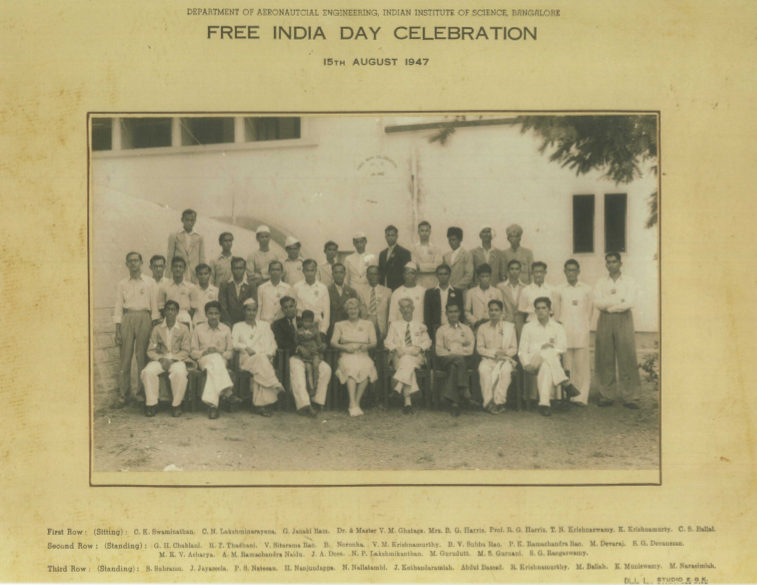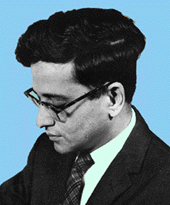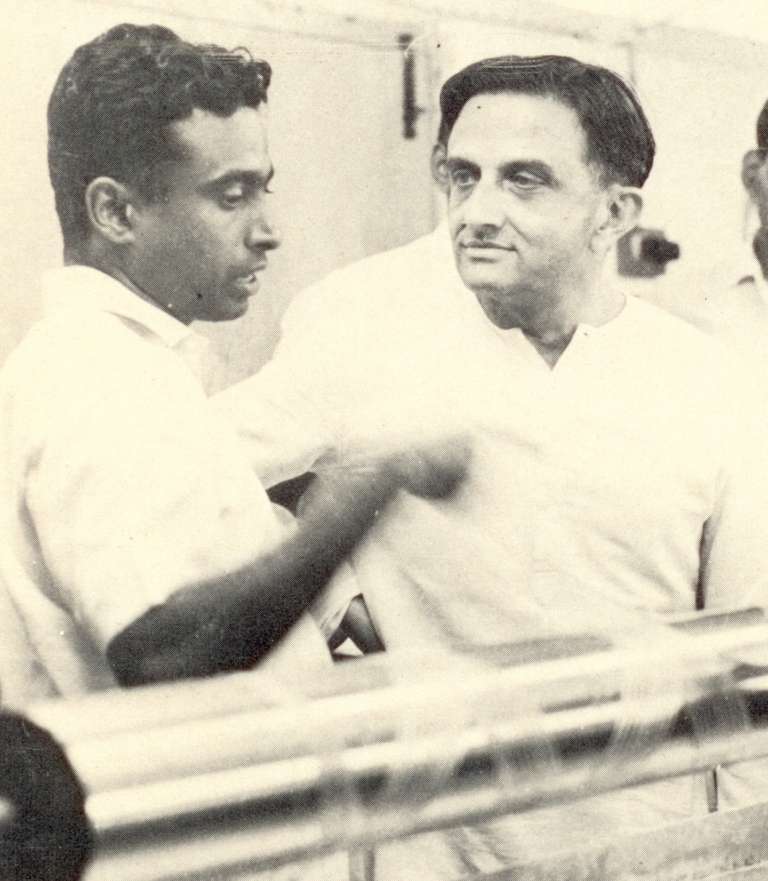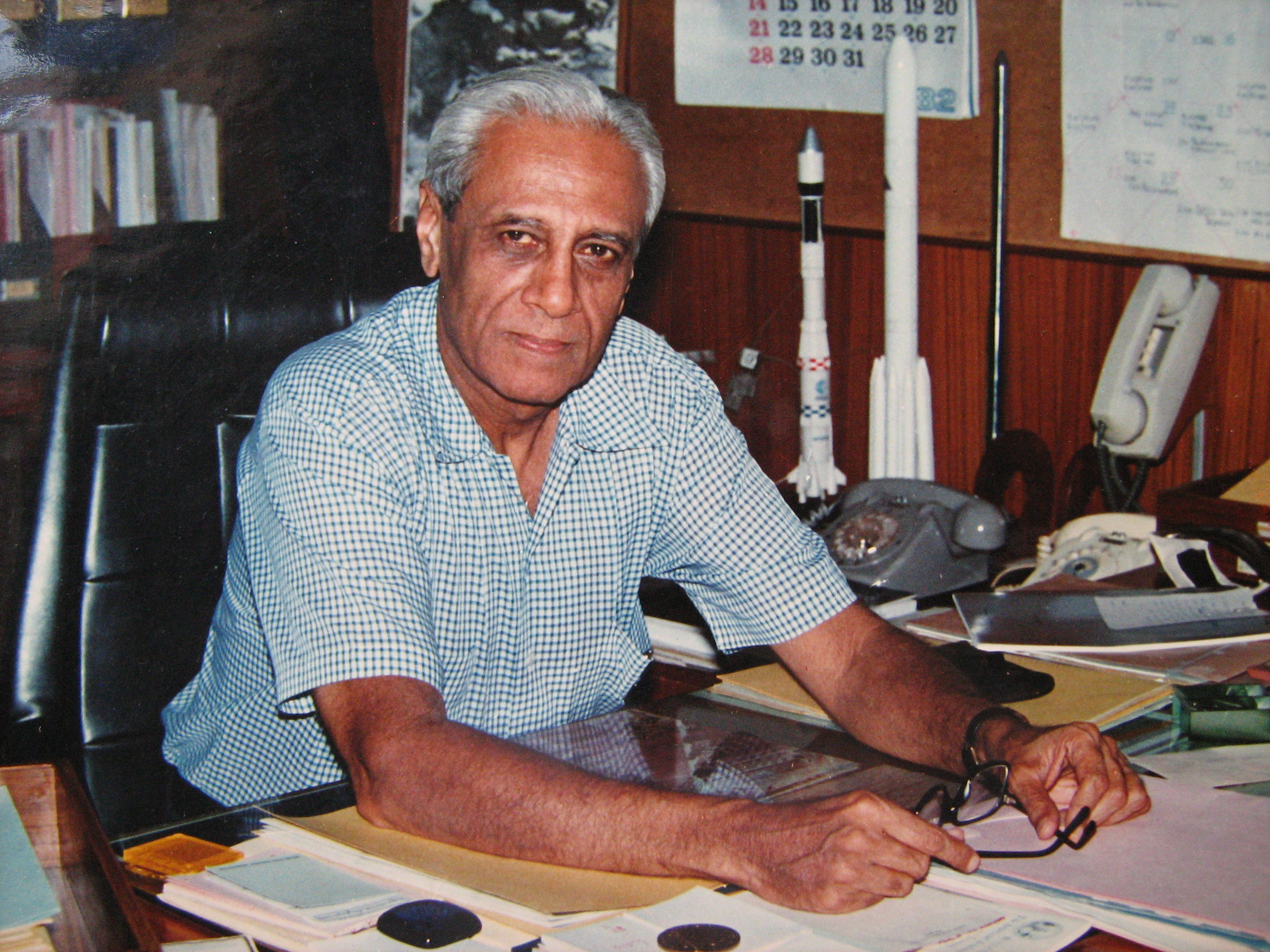And how its alumni shaped it in the years that followed

IISc set up its Department of Aeronautical Engineering in 1942 – bang in the middle of World War II. It was the year that the Nazis were to begin acting on their horrific plan for a “Final Solution”, that the Japanese military strengthened its grip over Asia and inched closer to mainland India, invading Burma and the Andaman Islands, and attacking Sri Lanka; that the ‘Manhattan Project’ to develop nuclear weapons solidified, and that the British began bombing German civilians and industrial workers “without restriction”, leading to devastating air raids like Operation Millenium and Operation Gomorrah that would go on until the end of the war.
World War II didn’t reach the Indian mainland until 1943, when Japanese planes bombed its southern coast and in 1944 attacked Kohima and Imphal. But as a British colony, India had to contribute manpower and resources to the war, and back in 1942, IISc had to direct much of its efforts toward the war too, including training “skilled artisans” such as electricians, machinists and carpenters. Although the war wasn’t the stated focus of the Department of Aeronautical Engineering, it was involved in it straight away: it was set up with laboratories and a wind tunnel in which Hindustan Aircraft Limited (HAL, renamed Hindustan Aeronautics Limited in 1961) aircraft models were tested, and practical lessons were imparted in collaboration with HAL and British Royal Air Force (RAF) personnel. Classes began formally in the Department on 1 January 1943 with a compact one-year course populated with 15 engineering graduates and just two members of faculty: a lecturer and an assistant professor.
That assistant professor was Vishnu Madhav Ghatage, a promising engineer in his early thirties who had trained at the University of Göttingen in Germany under Ludwig Prandtl, a pioneer in the field of aerodynamics (who also taught Theodore von Kármán, another important scientist who would go on to found the Jet Propulsion Laboratory at Caltech). Ghatage had completed his doctoral research and left Germany for India in 1936 – the year the Nazis swept to power – to teach at university in Pune and Mumbai for a few years before joining HAL, which was set up in Bangalore in 1940.
Ghatage, who joined the IISc’s Aerospace Department in October 1942 (the year HAL was nationalised), was to leave the Department and rejoin HAL in 1948, and eventually rise to be its General Manager and Managing Director until he retired in 1970. HAL went from overhauling and repairing British and American aeroplanes during the war to making indigenous aircraft, and its close relationship with IISc is one that continues to this day. But IISc’s early ties to HAL were the first of several important links that would ensure the Department’s continued role in influencing the field of aerospace engineering. And it certainly wasn’t the last time that World War II would have something to do with bringing to IISc enormously talented scientists who would go on to build India’s aerospace programme.
Burgeoning in Bangalore
According to IISc records, in April 1946, a Mission from the Ministry of Aircraft Production visited the Department and realised that the Institute could contribute to the aircraft industry, both in terms of research and personnel training. “They [the Mission] have since reported in favour of the location of the industry in Bangalore, partly in view of the existence of this Department,” says IISc’s annual report for that year.
Bangalore would go on to play a significant role in the industry’s expansion. In 1960, the National Aeronautical Laboratory (NAL, renamed National Aerospace Laboratories in 1993) relocated from Delhi, where it was set up the year before under the Council of Scientific & Industrial Research (CSIR), to premises in Bangalore. Today, even private aerospace companies like TeamIndus have set up in or moved to Bangalore to benefit from the local industry and its ancillary fields.

The year NAL moved to Bangalore, IISc’s Aerospace Department began helping them design and set up a large transonic/supersonic wind tunnel, which could be used to test models of vehicles that could travel close to or faster than the speed of sound. P Nilakantan was NAL’s Director from its inception to his untimely death in 1964. He was an IISc alumnus who studied under CV Raman (and was dubbed pleasant but “as stubborn as his teacher” by physicist WH Zacheriasen in a letter to the theoretical physicist Max Born). Having then graduated from Caltech with an MS in 1942, he had also served as a lecturer in the Aerospace Department at IISc from 1944 to 1945, and went on to work for the Civil Aviation Department and the Ministry of Defence before joining NAL.
‘The troika’
Srinivas Bhogle, who worked at NAL for over two decades, writes that a report authored by Nilakantan in 1956 recommending R&D in aeronautical engineering may have driven the very establishment of NAL (as well as the Defence Research and Development Organisation’s (DRDO) Aeronautical Development Establishment (ADE), set up in Bangalore in 1959, and where APJ Abdul Kalam would begin his career). And according to Bhogle, Nilakantan “sincerely believed that he was India’s man of destiny in aeronautics. His passion for this role was all-consuming; he saw himself as the grand architect and mastermind of Indian aeronautics […]”
Whatever Nilkantan may have believed, however, he wasn’t the sole driving force of Indian aeronautics: Bhogle writes of “the troika of P Nilakantan, VM Ghatage, and Satish Dhawan which worked together on dozens of national aeronautical committees, and virtually wrote the country’s aeronautical R&D agenda for the future.” Ghatage, Dhawan – who was Head of IISc’s Aerospace Department and later, Director of the Institute – and Vikram Sarabhai – also an IISc alumnus and the Indian Space Research Organisation’s (ISRO) founder – were on NAL’s Executive Council.

SR Valluri and Roddam Narasimha, both alumni of IISc and Caltech, would follow Nilakantan as directors of NAL. Valluri, only 41 when he took charge, would oversee NAL for nearly two decades, through exciting moments as well as a lull that Dhawan reportedly described as being like “a beautiful bride, all decked up, but with nowhere to go.” (Incidentally, Valluri and Dhawan were related by marriage – Valluri married Shyamala Manel, a cousin of Nalini Nirody, who married Dhawan.) By the time he retired in 1984, Valluri had procured approval for the Light Combat Aircraft (LCA) programme and was appointed Director-General of the Aeronautical Development Agency (ADA), the apex body set up in Bangalore that year to manage the programme. Narasimha, a student and then member of faculty at the IISc’s Aerospace Department for several years, would carry forward the LCA programme at NAL, and initiate several new successes like the FloSolver, a parallel computer for Computational Fluid Dynamics. He was also on HAL’s board of directors and was the longest-serving member on the Space Commission, and remains associated with IISc to this day.
The criss-crossing trajectories of the Aerospace Department’s faculty and alumni have helped build what its current Chairperson, S Gopalakrishnan, describes as an “ecosystem”. From training programs for DRDO scientists to providing IITs with faculty members, Gopalakrishnan says the Department’s footprint has been ubiquitous. HAL, NAL, and ISRO are its close relatives.
However, considering the comparatively large role that ISRO plays in the public imagination and the strong connection it would come to have to the Aerospace Department, it is perhaps ironic that the Department had little to with ISRO’s earliest years. There, the seed appears to be World War II: without it, there may never have been a direct link at all.
Jab Sarabhai met Bhabha
Circling back to World War II and 1942 brings us to Vikram Sarabhai, a young student from an influential Ahmedabad family, who came to IISc. The war had interrupted his studies at Cambridge, where he had just completed an undergraduate degree in physics and maths, and he had been given permission to continue working towards his PhD while back in India on the condition that it would be supervised by CV Raman. That year, he published the results of his study titled ‘Time Distribution of Cosmic Rays’. Amrita Shah, in her book Vikram Sarabhai: A Life, points out that his chosen subject of cosmic rays was not a popular one at the time, and suggests that it may have been Raman’s influence that set him on that line of inquiry.

The same year, it was at IISc that Sarabhai met Homi J Bhabha, whom Shah describes as “the man who was to found India’s atomic energy programme and loom like a Colossus over Indian science until his death in the mid-1960s.”
Bhabha had been made Professor at the newly set-up Cosmic Ray Research Unit in 1942. Shah emphasises that while Bhabha was interested in cosmic rays for the atomic particles they revealed, Sarabhai would come to see them as tools to study outer space. The friendship between the “two princes of Indian science”, as she describes them, was forged over science as well as their shared elite backgrounds and “taste for the good life”. This bond would mean a great deal to Sarabhai’s career further down the line.
When the war ended in 1945, Sarabhai returned to Cambridge to submit his PhD thesis. It was in 1947 that he travelled back to India, and set up the Physical Research Laboratory (PRL) in Ahmedabad. As research at PRL continued alongside Sarabhai’s numerous other commitments and interests, he had begun to speak to his colleagues there about beginning a space programme. The Cold War, which began soon after World War II ended, was pushing this new technology forward, and although Sarabhai was not interested in developing weapons, he was keen on developing a rocket programme for research and satellite technology for communications.
Sarabhai the stargazer
Shah writes that Sarabhai was “very clearly persuaded of an almost paternal role for himself with regard not just to his family but all the people he interacted with, the nation and then humanity as a whole.” He dreamed of using space technology for long-range weather forecasting, “applications in agriculture, forestry, oceanography, geology, mineral prospecting and cartography”, with a “strict focus on peaceful ends”.
At a time when no developing country could have hoped for a space programme, Sarabhai, gutsy, ambitious and far-sighted, worked towards making it a reality.
In 1961, with Bhabha’s influence, PRL was recognised as a centre for R&D in space sciences, and Sarabhai became a board member of the Atomic Energy Commission (Bhabha was its Chairman, and in 1966, Sarabhai would succeed him). In 1962, Sarabhai was appointed Chairman of the Indian National Committee for Space Research (INCOSPAR) and began looking for a suitable location for their sounding rocket experiments: they settled on Thumba, a fishing village in Kerala named after a flower. In November 1963, the first sounding rocket was launched from India. Six years later, INCOSPAR grew into ISRO. When Sarabhai died suddenly in 1971 at the age of 52, ISRO, peopled with young and passionate scientists but lacking in a formal structure that would ensure its continuity, would have to change drastically.
Dhawan’s ‘new direction’
When Sarabhai passed away in 1971, Dhawan, IISc’s Director at the time, was contacted by Prime Minister Indira Gandhi, and asked to run ISRO. Dhawan happened to be on sabbatical at Caltech, and agreed to the job on two conditions: that he continue as IISc’s Director simultaneously, and that ISRO be shifted to Bangalore. Gandhi agreed.
Dhawan was an engineer who had interned at HAL and was mesmerised by aircraft. He received a scholarship in 1945 to study aeronautics in the US and graduated from Caltech. On his return, he joined IISc’s Aerospace Department as faculty in 1951, and was made Head of the Department in 1956. He took over as the youngest Director of IISc in January 1963, and by the time he was made ISRO’s Head, he had already achieved considerable stature.

In his memoir, ISRO: A Personal History, scientist R Aravamudan writes about the day Dhawan first arrived at ISRO in Thumba, and was annoyed by the elaborate reception given to him – it was to signify a huge change in culture: “We were accustomed to Sarabhai’s visits which often resembled some kind of endless durbar.” Aravamudan goes on to write, “Sarabhai’s management style was that of a patriarch dealing with a small well-knit family. […] There were no formal systems in place, with parallel technical teams operating. Sometimes they would work on the same system without any coordination.” Dhawan, who Aravamudan describes as “businesslike”, with a “systematic approach” and “no-nonsense style”, inherited both Sarabhai’s extraordinary vision and successes as well the fledgling organisation’s internal mess: “widely dispersed teams” and employee agitations that were to continue for several years, some even turning violent. He brought to ISRO the tight structure it needed to handle the growth that was expected of it.
Dhawan also brought IISc’s Aerospace Department directly into the picture. Aravamudan writes that he was “very particular that local industry and academia should be associated with the programmes. He felt there should be a two-way dissemination and absorption of expertise. So he inducted organisations like HAL, HMT and BEL and institutions like IISc and government research laboratories to partner ISRO.” Aerospace Department alumni like PS Nair, who worked on India’s first satellite mission, would go on to leave their mark at ISRO.
K Kasturirangan, ISRO’s former Chairperson, said in a talk at the International Centre for Theoretical Sciences (ICTS) earlier this year that Dhawan “transformed every institution he got involved with” and “strengthened and gave new direction to the Indian space program.” And in the process, Dhawan appears to have placed the Aerospace Department in the forefront of Indian space technology.




